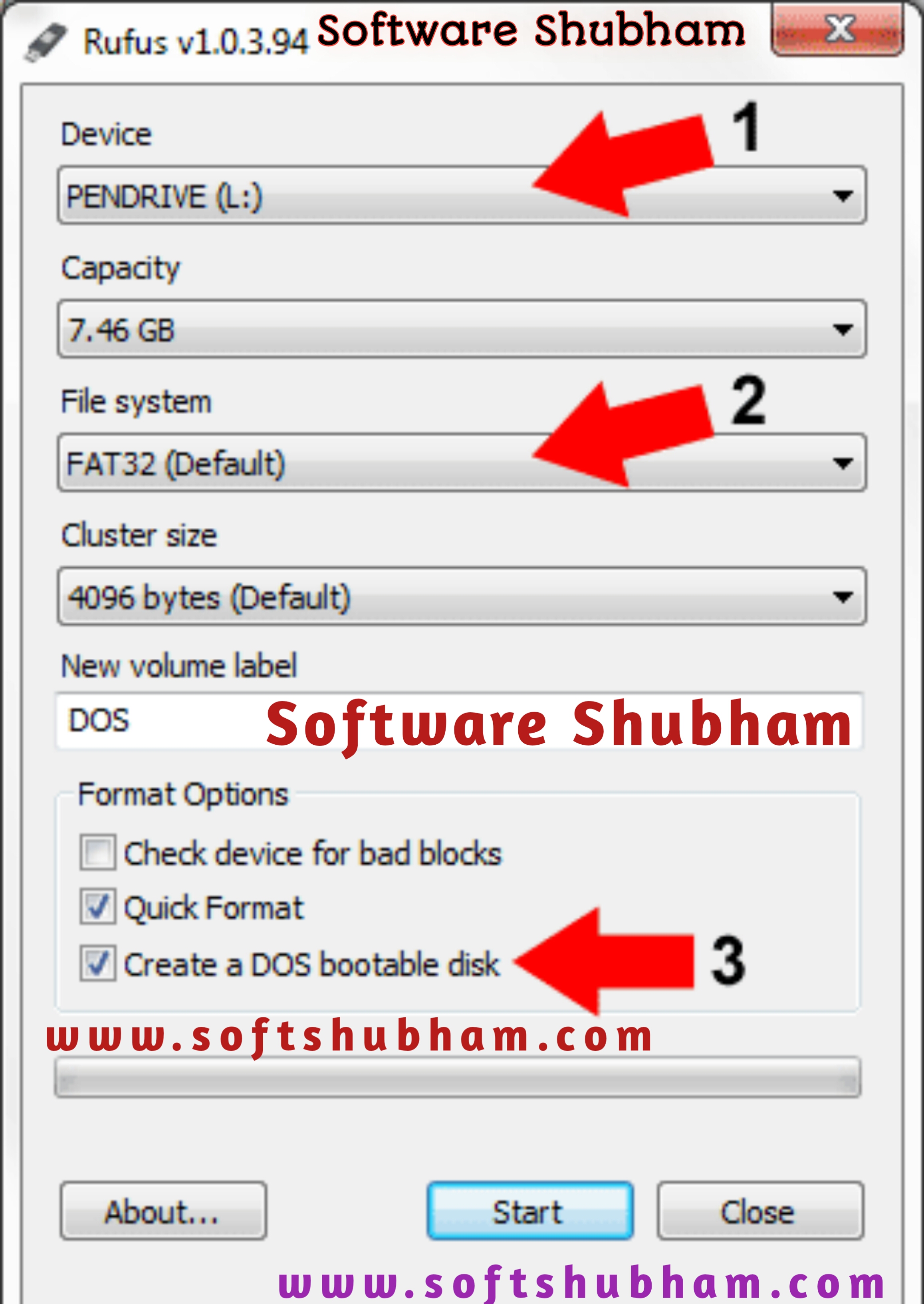

It seems that Rufus 2.3 and later versions do not offer the ability to create Windows To Go drive when using Windows 10 ISO downloaded using the Media Creation Tool. # Rufus supports all editions of Windows 10 and Windows 8/8.1. Standard USB flash drives are not ideal for installing Windows, meaning that the Windows OS installed on your standard USB flash drive will be very slow compared to the one installed on certified drives. # We recommend you use a Windows To Go certified USB drive for optimal performance. We recommend you use a USB drive with a capacity of 32GB, though. # The size of the USB drive that you want to use as Windows To Go drive must be at least 16 GB. This means that you need a PC running Windows 8/8.1 or Windows 10 in order to prepare Windows To Go drive using Rufus. # The Windows To Go feature of Rufus is available only when you are running the software on Windows 8, Windows 8.1, or Windows 10 versions.

Things to remember while preparing Windows To Go drive Now that the popular Rufus tool supports creating Windows To Go drive, in this guide, we will show how you can use the Rufus to create Windows To Go drive with just a few mouse clicks. From here on, you will have to use tools like Rufus to prepare Windows To Go even if you are running Enterprise edition. This means that none of the editions of Windows 10 now offer a built-in tool to create Windows To Go drive. NOTE: With Windows Update (version 2004), Microsoft has removed Windows To Go feature from Windows 10. For those who haven’t heard about Windows To Go before this, the feature allows you to install and run Windows 10 from a USB drive.Īlthough the official Windows To Go creator present only in the Enterprise and Education editions, there are third-party tools out there to install any edition of Windows 10 to a USB drive.

As all Windows 10 users likely know, the Windows To Go feature was first introduced with Windows 8, although there were third-party solutions to install Windows to USB drive even before the release of Windows 8.


 0 kommentar(er)
0 kommentar(er)
